Addressing holiday stress is vital for understanding its impact on mental and physical health, with a significant portion of Americans reporting feeling stressed during the holiday season. This stress arises from financial strain, family dynamics, and the pressure to create a perfect holiday experience. Recognizing these stressors is the first step towards managing them effectively, with coping strategies that can lead to more balanced and fulfilling festivities.
Holiday Heart Syndrome, a lesser-known risk, highlights the physical toll of the holiday season, exacerbated by overindulgence and increased stress levels. Raising awareness about this condition encourages healthier holiday habits and prevents potential health crises. Cultivating a healthy mindset is crucial, focusing on realistic expectations, self-care, and finding joy in simple pleasures to enhance the overall holiday experience.
The content covers practical advice for a balanced holiday season, including managing financial stress, making mindful nutritional choices, and acknowledging the complexity of family dynamics. Offering tips for healthier holiday cooking, financial planning, and conflict resolution equips viewers with the skills needed to enjoy the festive period without compromising their mental and physical health.
Overwhelmed by holiday stress? Discover how to transform your holidays into a time of joy and well-being! NEW! Share your stressful holiday challenge with Dr. Nancy and Master Coach Ziv at the link below, and we’ll try to address it in the next podcast! https://www.surveymonkey.com/r/DRNANCY



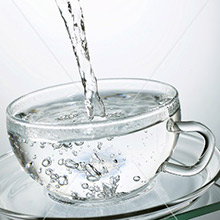
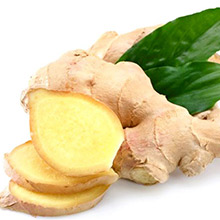
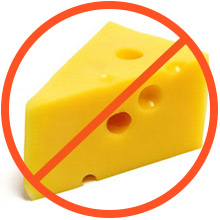
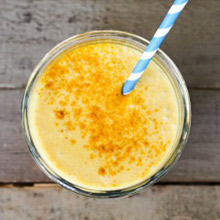


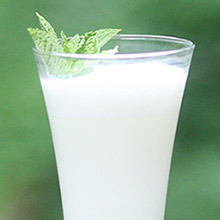 Detox and Digestive Lassi
Detox and Digestive Lassi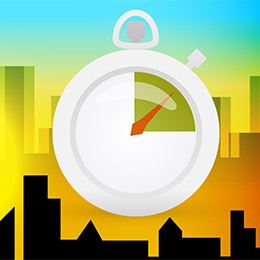

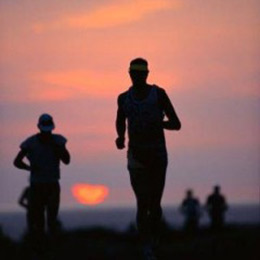

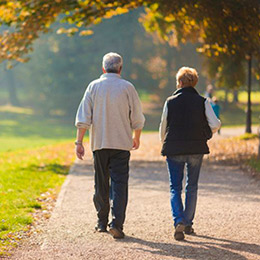
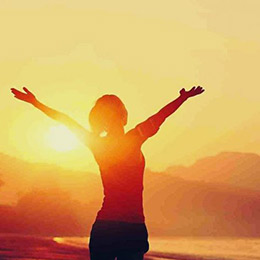

Recent Comments